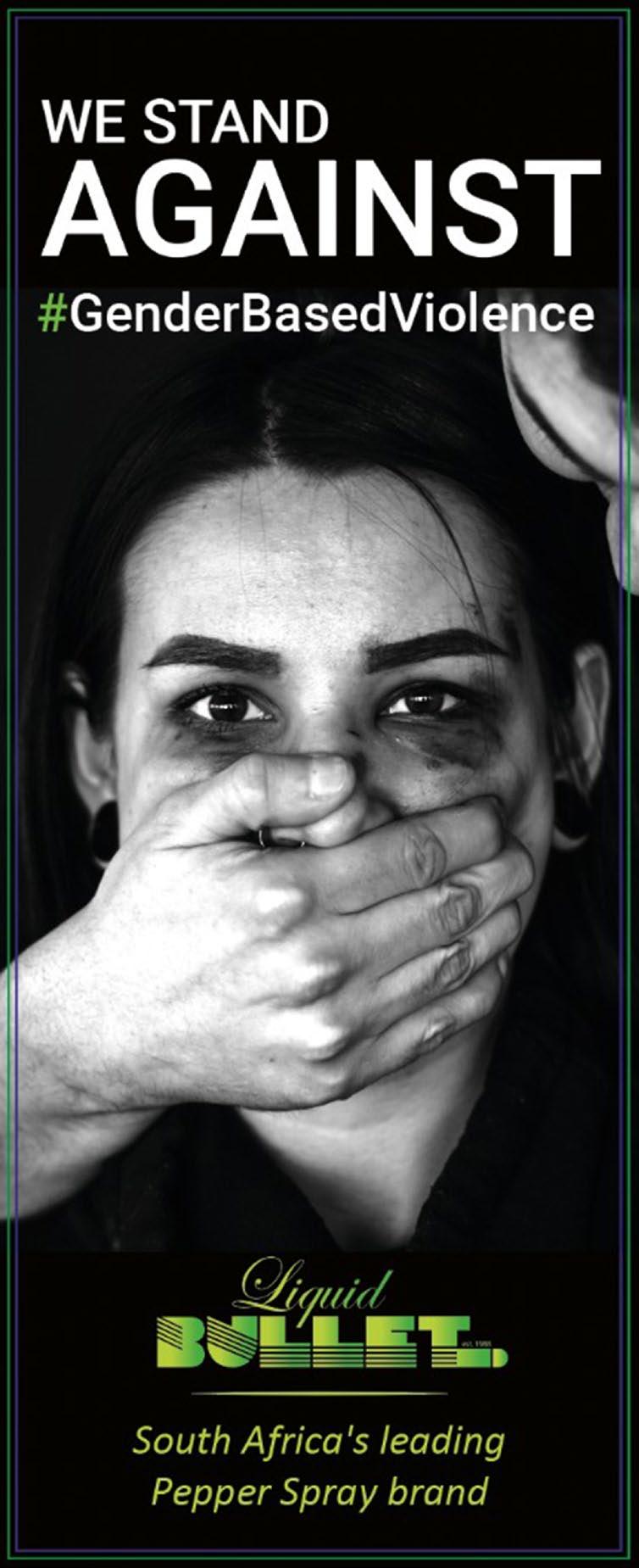
5 minute read
HUMAN TRAFFICKING: A PUBLIC HEALTH CRISIS
from GatVol - June 2023
By: Zayaan Sarlie
Human trafficking is a global problem, affecting millions of people each year. It is often associated with organized crime and involves a complex network of individuals and groups, that create a multi – billion-dollar industry.
Advertisement
After much indifference and neglect, society and public have become aware of this modern form of slavery, wherein human beings are traded and exploited for a profit.This includes the exploitation of people for labour, commercial sex, or sexual slavery. Victims of human trafficking are often coerced, forced or frauded, lured or recruited through false promises of good jobs, education, or a better life.They may be kidnapped or abducted, or they may be coerced into trafficking by someone they know, such as a family member, friend, or intimate partner. Although the term trafficking is more commonly used, it may be misleading as the term places emphasis on the transactional aspects of the crime, rather a more suitable description of the crime would be enslavement due to the exploitative nature thereof. Human trafficking is a human rights violation that transcends all races, social classes, demographics, and genders, withno population being exempt from this ever-present threat.
Although no population is exempt from human trafficking, the 2022 published global report on trafficking in persons, produced by the United Nations focuses on statistics from 2020 and states that female victims continue to be at a higher risk as the primary target of human trafficking, with women over the age of 18 making up 46% and girls under the age of 18 making up 19% of victims. Further statistics indicate that the share of child victims have tripled in the last 15 years, with one in every three victims detected as a child under the age of 18. Additionally, the share of boys under the age of 18 has also increased by 5 times over the past 15 years.
The United Nations also explains that Human trafficking takes various forms. These include exploitation in the sex, entertainment and hospitality industries, and as domestic workers or in forced marriages. Further forms of Human trafficking explained by The United Nations sees forced organ removal at 0.2%, illegal adoption at 0.3%, exploitative begging at 0.7%, forced marriages (including child marriages) at 0.9%, forced criminal activity at 10.2%, mixed forms of exploitation at 10.3%, and sexual exploitation and forced labour both at 38.7%.
When we hear about human trafficking, we often forget to note the role that technology plays. In our modern society, human traffickers have found numerous ways to integrate technology into their “business” at every stage, from recruitment to exploitation. In terms of children, many traffickers utilise social media to target their victims and use the strategy of “hunting” to actively pursue them. Another strategy used is that of “fishing” wherein traffickers advertise jobs, education or better futures and wait for the response from victims, contrasting hunting that actively targets a certain individual, fishing allows the traffickers to choose victims most suited for their needs. The misuse of technology sees not only the actual human trafficking, but also the laundering and transference of illicit profits.
HUMAN TRAFFICKING IS A SERIOUS CRIME AND A VIOLATION OF HUMAN RIGHTS.
In South Africa, based on 2018 statistics, it is estimated that out of a population of approximately 56 million people, 155,000 human beings have fallen victim to human trafficking or modern slavery with this number increasing. This in turn leaves South Africa with a vulnerability to modern slavery of 53.76/100 based on the Global Slavery Index.
Human trafficking is a complex and multifaceted issue that requires a coordinated effort from various stakeholders, including governments, law enforcement agencies, non-governmental organizations (NGOs), and individuals.
HERE ARE SOME STEPS THAT CAN BE TAKEN TO ADDRESS HUMAN TRAFFICKING:
• Raise awareness: Educate yourself and others about the issue of human trafficking. Share information on social media, participate in awareness campaigns, and attend events that raise awareness.
• Address root causes: Poverty, lack of education, and political instability are some of the underlying factors that contribute to human trafficking. Addressing these root causes can help prevent trafficking from occurring in the first place.
• Strengthen laws and policies: Governments should enact and enforce laws and policies that criminalize human trafficking and provide support for victims. Law enforcement agencies should also be trained to identify and investigate cases of human trafficking.
• Provide support for victims: Victims of human trafficking need access to healthcare, legal support, and other services to help them recover from the trauma they have experienced. NGOs and other organizations can provide these services.
• Address demand: Human trafficking exists because there is demand for it. Addressing the demand for exploitative labour and sex can help reduce human trafficking.
• Collaborate: Addressing human trafficking requires collaboration between governments, NGOs, and other stakeholders. By working together, we can develop more effective strategies to combat trafficking.
• Hold perpetrators accountable: Those who engage in human trafficking should be held accountable for their actions. This includes not only traffickers but also those who purchase or exploit the victims of trafficking.
• The usage of technology: Technology may be used to investigations (with social media being regarded as a powerful tool), enhancing prosecutions, raising awareness, and providing services to victims.
• Knowing the signs: By understanding what human trafficking is and knowing the signs thereof, we can protect ourselves. This can be done by ensuring adequate research is done on job offers, education offers, chances at a better life etc…
These steps are not exhaustive, but they are a starting point for addressing the issue of human trafficking. As by raising awareness, providing support for survivors, enforcing existing laws, we can work together to combat this violation that is human trafficking.







